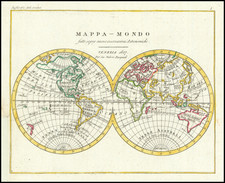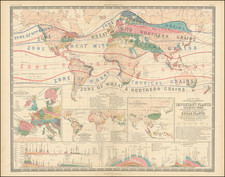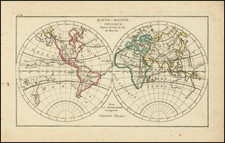An Important Medieval World Map
Fine example of the earliest edition of Macrobius' important Medieval world map, first published in Brescia in 1483. The present example is from a 1501 printing of Macrobius' In Somnium Scipionis exposito (book lacking at least 1 text leaf).
The works of the late Roman philosopher and grammarian Macrobius (c.395-436) were very popular during the Middle Ages. "His neoplatonic commentary on Cicero [the `Dream of Scipio' from Book VI of De Republica], includes among many references to the pseudo-sciences, a geographic concept which is different from that of Ptolemy. The inhabited World north of the Equator is balanced by a southern continent and divided by water'' (Shirley).
As noted by Shirley:
The inhabited world north of the Equator is balanced by a southern continent and divided from it by water. Among the roughly 150 manuscripts recorded by Destombes dating from 1200 to 1500 AD nearly 100 contain a simple map illustrating Macrobius's theories.
The first printed edition of Macrobius appeared in 1483, published in Brescia. Four different woodblock early examples of the map are known, as follows:
- Block 1: Brescia (1483, 1485 and 1501)
- Block 2: Venice 1489
- Block 3: Venice 1492
- Block 4: Venice 1500
Later printings in 1521, 1528, 1568 and 1574 appear more frequently on the market. A 1535 Basel edition exists with a more modern outline of Africa shown.
The present example is accompanied by an incomplete copy of the book in an early binding.
Rarity
Early state of Macrobius World Maps are scarce on the market. AMPR locates only a single copy of the 1501 with the book (Arkway 2008). Rarebookhub locates 2 copies of the 1501 book with map since 1960.









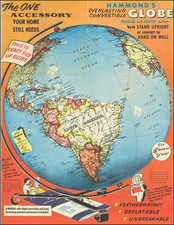
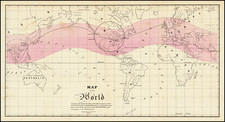
![[Map of the World on a Globular Projection Exhibiting Particularly the Nautical Researches of Capn. James Cook, F.R.S. with all the Recent Discoveries to the Present Time carefully Drawn by A. Arrowsmith . . . ]](https://storage.googleapis.com/raremaps/img/small/94140.jpg)
